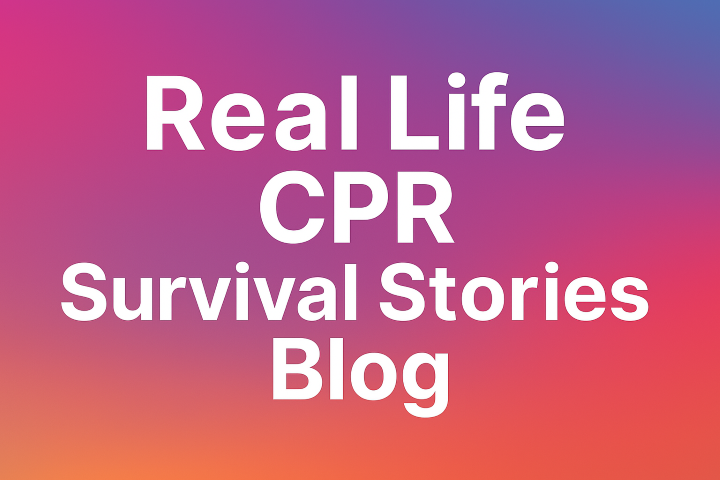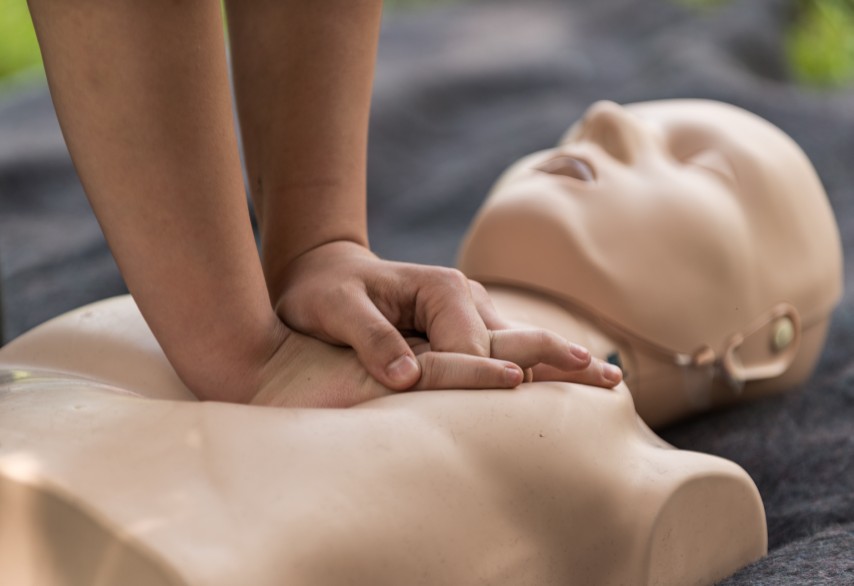5 Common CPR Mistakes (and How to Avoid Them)
CPR (Cardiopulmonary Resuscitation) is a lifesaving skill everyone should know—but even with training, it’s easy to make critical mistakes under pressure. Whether you’re a healthcare provider or a Good Samaritan, being aware of these common CPR errors can help you respond more effectively in an emergency. The American Heart Association (AHA) sets the gold standard for CPR training and guidelines. Let’s explore five frequent CPR mistakes and how to avoid them.
1. Not Calling 911 Immediately
The Mistake: In the panic of a medical emergency, some responders forget to call for help right away.
Why It Matters: Emergency services need to be on their way as soon as possible. Every minute without professional medical care reduces survival chances.
How to Avoid It: Always call 911 (or direct someone to do so) before starting CPR—especially if you’re the only person present.
2. Improper Hand Placement
The Mistake: Hands placed too high, too low, or unevenly can reduce the effectiveness of compressions.
Why It Matters: Incorrect hand placement may not generate enough pressure to circulate blood or could cause injury.
How to Avoid It: Place the heel of one hand in the center of the chest, right between the nipples, and your other hand on top. Keep your elbows locked and shoulders directly above your hands.
3. Inadequate Compression Depth or Speed
The Mistake: Pushing too shallow or too slowly—or even too fast—can make compressions ineffective.
Why It Matters: Compressions need to be deep enough (at least 2 inches for adults) and at a rate of 100–120 compressions per minute to properly circulate blood.
How to Avoid It: Practice during training with feedback devices or follow the beat of the song “Stayin’ Alive” by the Bee Gees, which matches the correct tempo.
Bee Gees is old school but here are more current songs with the correct CPR beat…
Taylor Swift’s Songs that work for proper CPR and The Top Songs to Think of While Performing CPR
4. Not Allowing Full Chest Recoil
The Mistake: Leaning on the chest between compressions.
Why It Matters: The heart needs to refill with blood between compressions. Without full recoil, blood flow is reduced.
How to Avoid It: After each compression, let the chest fully rise before starting the next one. Keep your hands in position but remove all weight.
5. Skipping Rescue Breaths or Giving Them Incorrectly (When Indicated)
The Mistake: Either skipping breaths altogether when trained to provide them, or delivering breaths that are too forceful.
Why It Matters: In certain cases (like pediatric arrests or drowning), rescue breaths are crucial. Overly forceful breaths can cause air to enter the stomach instead of the lungs.
How to Avoid It: If you’re trained in full CPR (not just hands-only), give two breaths after every 30 compressions. Use a barrier device if available, and watch for chest rise to confirm effective ventilation.
Train with Confidence
The best way to avoid these mistakes? Take a certified CPR class. The American Heart Association’s guidelines are the recognized standard in CPR education, and high-quality training makes all the difference in a real-life emergency.
At In-Pulse CPR, we offer AHA-certified classes across several states, including Florida, Minnesota, Pennsylvania, and Tennessee.
👉 Sign up for a class today at www.inpulsecpr.com
Check this out….




